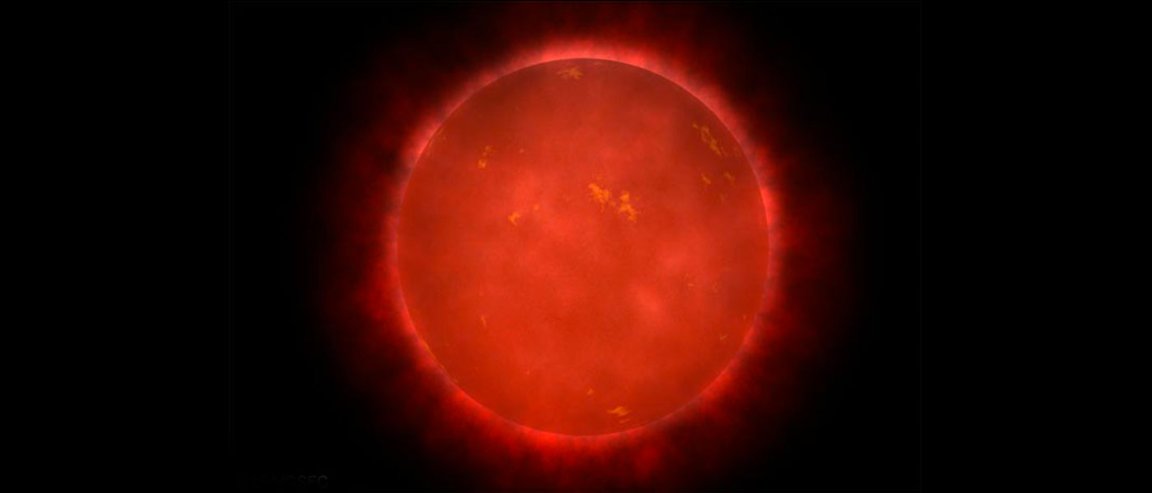
There will come a time that the universe will turn dark. A time after all the stars die out. We know that our beloved Sun will soon lose its energy. When this happens, humans must find another habitable planet to call home. Fortunately, there will be other stars….for a time anyways.
The hero of this tale are the red dwarfs. They are tiny stars that may be our best bet to find a habitable new home planet.
In our universe, 70% of all stars are red dwarfs. They are very dim stars and cannot be seen by the naked eye. Even with our high-level equipment, we can only see red dwarfs that are relatively close to our planet.
Ultimately, 20 to 30 of the stars near Earth are classified as red dwarfs. They would be he easiest for us to get to, obviously. And they are such good candidates for life after Earth because these stars fuse hydrogen into helium. However, they mix helium and hydrogen continuously, so they use up their fuel very slowly before extinguishing. Because they burn so very slowly, they have a life span average of 1 to 10 trillion years.
Our Sun can survive another 5 billion.

As an interesting aside, since the universe is estimated to be around 13.75 billion years old, all red dwarfs are therefore just “babies.” To date, there are no “old” red dwarfs in existence.
Ultimately, scientists assert that it is these red dwarfs that are our best chances of finding another habitable Earth-like planet. It is estimated that 5% of red dwarfs may host habitable planets like ours. This means we have around 50 billion potential planets to choose from.
These stars are known to be hosts to planets half (or up to four times) the mass of our planet. However, these planets need be close to the red dwarfs in order to be habitable, as they are somewhat cooler stars than our own. This posts several problems for the planets.
If a planet is too close to the star, only one side of it would face the sun; as a result, the other side of the planet would be somewhat less than habitable. Too close, and gravitational forces could also squeeze the planet, causing it to lose water and become too hot as well.
Red dwarfs also vary in energy input, so this means that some of them are way too dim. This affects the planet’s temperature and lowers it down to freezing levels. Some may also have sudden outbursts of flares.
Still, since these stars have such a long lifespan, they could be the only way to guarantee our future in the long term (the very long term, that is).
Our planet is estimated to be 4 billion years old. Our Sun will continue to provide us with energy for another 1 billion years. So we still have plenty of time to go planet-hunting.
But in reality, all stars will lose their energy and die out some day.
Learn more about these fantastic stars in this video by In a Nutshell.
